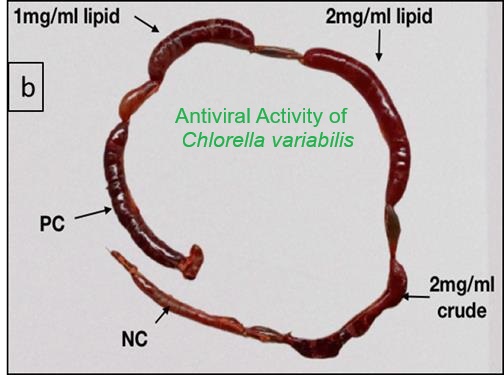Exploring microalgal lipids as anti-virulence agents targeting MDR Vibrio cholerae infection: A Step Toward Developing Herbal Oral Rehydration Salt (ORS) Formulations
DOI:
https://doi.org/10.24377/jnpd.article3244Keywords:
Cholera toxin; Microalgae; Lipid extracts; in-vivo study; anti-virulenceAbstract
Introduction:Cholera, a life-threatening diarrheal disease caused by Vibrio cholerae, remains a major global health issue, especially in tropical regions. Increasing antibiotic resistance in V. cholerae strains poses a significant threat to effective treatment. Novel antivirulence strategies that do not promote resistance are urgently needed.
Objectives: This study investigates the potential of lipid extracts and crude biomass derived from Chlorella variabilis (CV) and Chlorococcum sp. (CCM) microalgae to inhibit cholera toxin (CT) production by a multidrug-resistant V. cholerae strain (SRK-19), without affecting bacterial viability.
Materials and Methods: Lipid extracts and crude freeze-dried biomass from CV and CCM were tested against V. cholerae SRK-19 in vitro for their effects on CT production (measured via ELISA) and bacterial viability. For in vivo validation, a rabbit ileal loop assay was performed, and fluid accumulation (FA ratio), colony-forming units (CFU), and CT levels were measured.
Results: Both lipid extracts and crude biomass significantly reduced CT production in vitro in a dose-dependent manner, with up to 97.9% inhibition observed using CCM lipid extract at 150 μg/ml. Crude extracts achieved comparable inhibition, with CV and CCM biomass reducing CT levels by 93% and 97%, respectively, at 1 mg/ml. In vivo studies confirmed reduced FA ratios and CT levels in treated ileal loops, without affecting bacterial growth (CFU counts remained unchanged), indicating that bacterial viability was not compromised.
Conclusion: Crude and lipid extracts from CV and CCM demonstrate potent antivirulence activity against V. cholerae by inhibiting CT production without promoting antimicrobial resistance. These findings support the development of a microalgae-based oral rehydration formulation as a promising alternative to conventional antibiotic therapy for cholera.
Downloads
Published
Issue
Section
License
Copyright (c) 2025 Soumya Haldar, Sweta Jaiswal, Nikita , Nasir Abdul, Ramalingam Dineshkumar, Neeraj Khatri, Sachin Raut, Saumya Ray Chaudhuri, Shruti Chatterjee

This work is licensed under a Creative Commons Attribution 4.0 International License.
This journal provides immediate open access to its content with no submission or publications fees. Authors retain copyright and grant the journal right of first publication with the work simultaneously licensed under a LicenceCreative Commons Attribution License that allows others to read, download, copy, distribute, print, search, or link to the full text of works in this journal. It also allows others to remix, adapt and build upon the work, as long as credit is given to the author(s).


